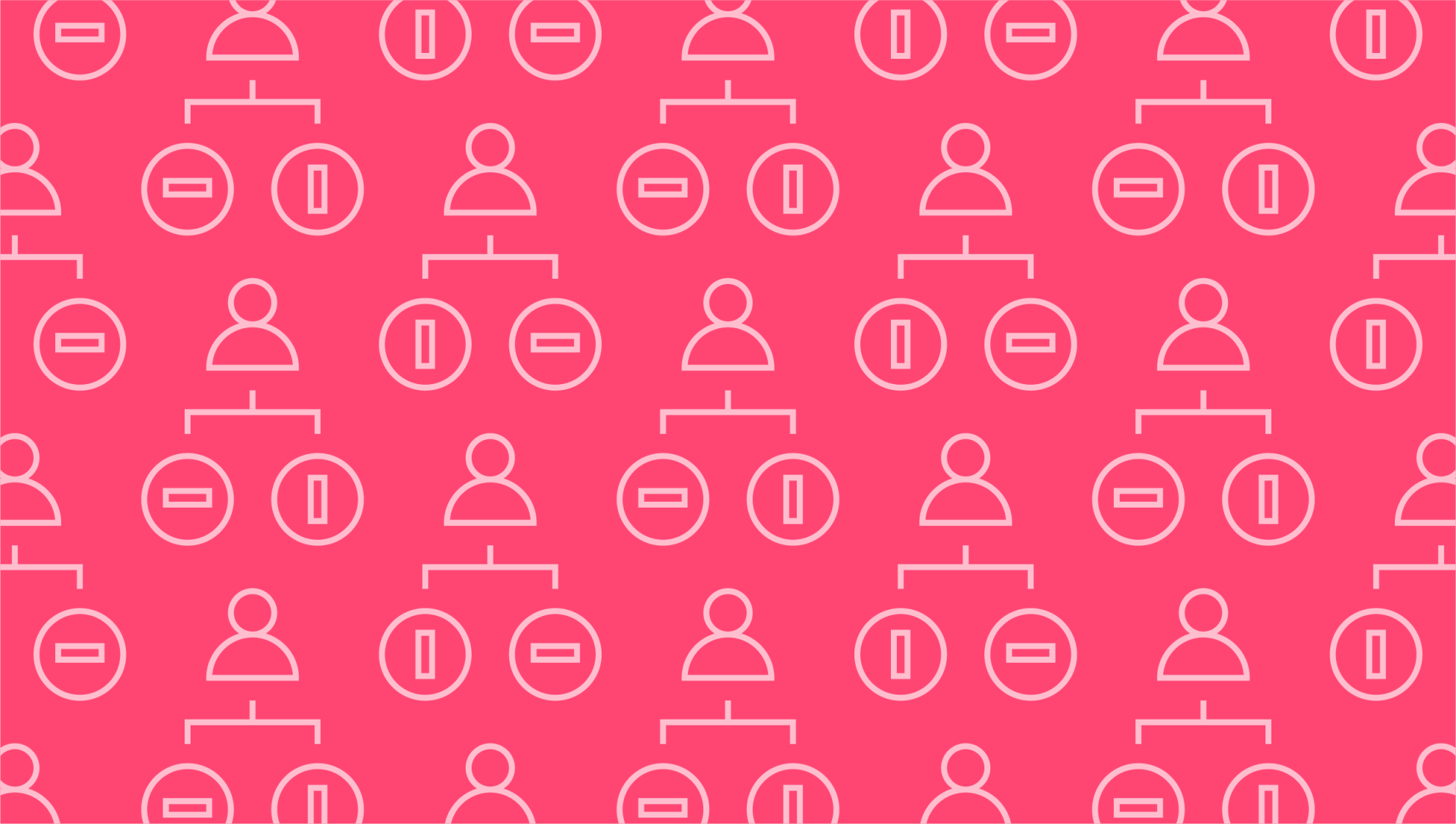Last editedOct 20212 min read
A balance of payment is a record of the monetary transactions between one country and the rest of the world. It uses double-entry accounting, i.e., debits and credits. When a country receives funds from another, a credit is incurred. When money is transferred abroad, a debit is recorded on the balance of payment.
Balance of payment and its components
The balance of payment includes payment for all a country’s exports and imports, sales and purchases of assets, and financial transfers. Balance of payment (BOP) is recorded for a certain period of time (generally per year) in domestic currency. Ideally the balance of payment should equal zero with no surpluses or deficits. The BOP can tell people whether the country is in deficit or has a surplus, as well as the reasons for the discrepancies.
How balance of payment works
When a country has imported more than it has exported, the trade balance will be in deficit. This shortfall will need to be reconciled using, e.g., monies earned from foreign investments, by exhausting central bank reserves or by requesting loans from other countries.
The balance of payment and its components is illustrated in the following balance of payments formula:
BOP = Current Account + Financial Account + Capital Account
Elements of the balance of payments formula explained
In the above equation, the current account marks the flow of income from one country to another and includes the balance of trade (net earnings minus export payments), factor income (foreign investment earnings minus payments to foreign investors) and cash transfers.
The financial account is the flow of assets from one country to another, and is composed of direct foreign investment, portfolio investments, any other investment and reserve account flows.
The capital account is smaller than the previous two and includes miscellaneous capital transfers that don’t affect national income.
How balance of payment works in theory is that the current account is in balance with the combined capital and financial accounts, so that balance of transfer is equal to zero. This happens rarely, however, with factors including exchange rate fluctuations bringing about balance of payment discrepancies.
Balance of payment problems
Balance of payment problems can arise over time, resulting from factors including – but not limited to – the following:
Loss of core export markets
Weakness in the banking sector
Rising dependency on imports
Declining capital inflows
Increasing foreign debt
Current account deficits that are unsustainable
Currency overvaluation
Balance of payment problems can become acute when countries cannot access foreign loans and international reserves fall to low levels, so they cannot cope with fluctuations in imports and exports.
Growing current account deficits often result in balance of payments problems. This can occur in countries which rely heavily on imports for, e.g., fuel and food, which far outstrip their capacity to export. To compensate and maintain reasonable standards of living foreign borrowing has to rise meaning current account deficits increase. This results in greater reliance on foreign loans or even a need for foreign aid. In addition, a country may have to sell assets in terms of natural resources, land, or commodities to pay back creditors.
Balance of payments: to sum up
Balance of payment (BOP) is the method by which countries measure all their international monetary transactions over a given time period. The BOP consists of three main accounts: the current account, the financial account, and the capital account. The current account should equal the combined sum of the financial and capital account (but as we noted, in reality, this is rarely the case). It’s extremely important for countries to keep tabs on their balance of payment since, unchecked, a long-term rising deficit can result in inflation and lower standards of living.
We can help
GoCardless helps you automate payment collection, cutting down on the amount of admin your team needs to deal with when chasing invoices. Find out how GoCardless can help you with ad hoc payments or recurring payments.
